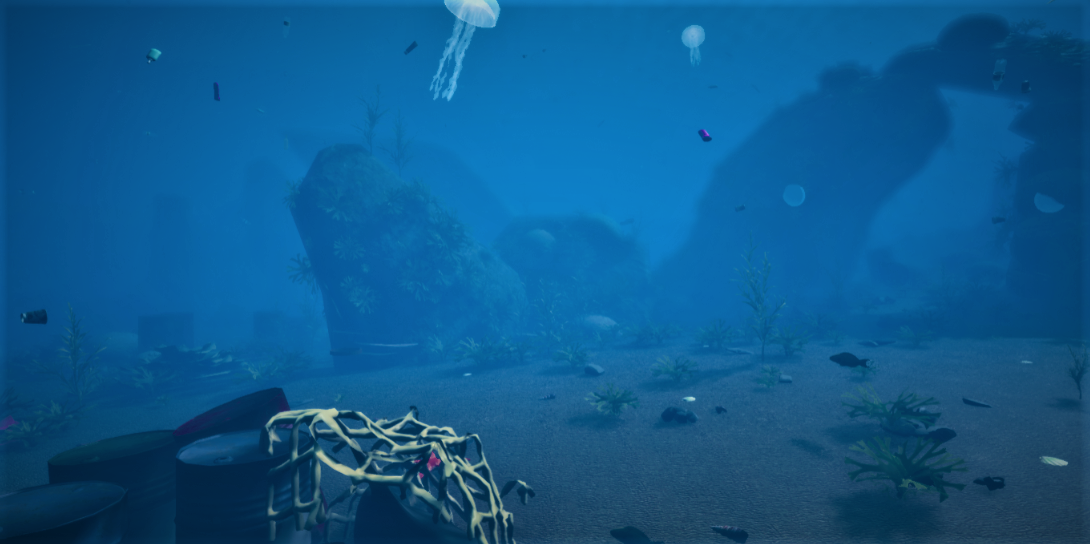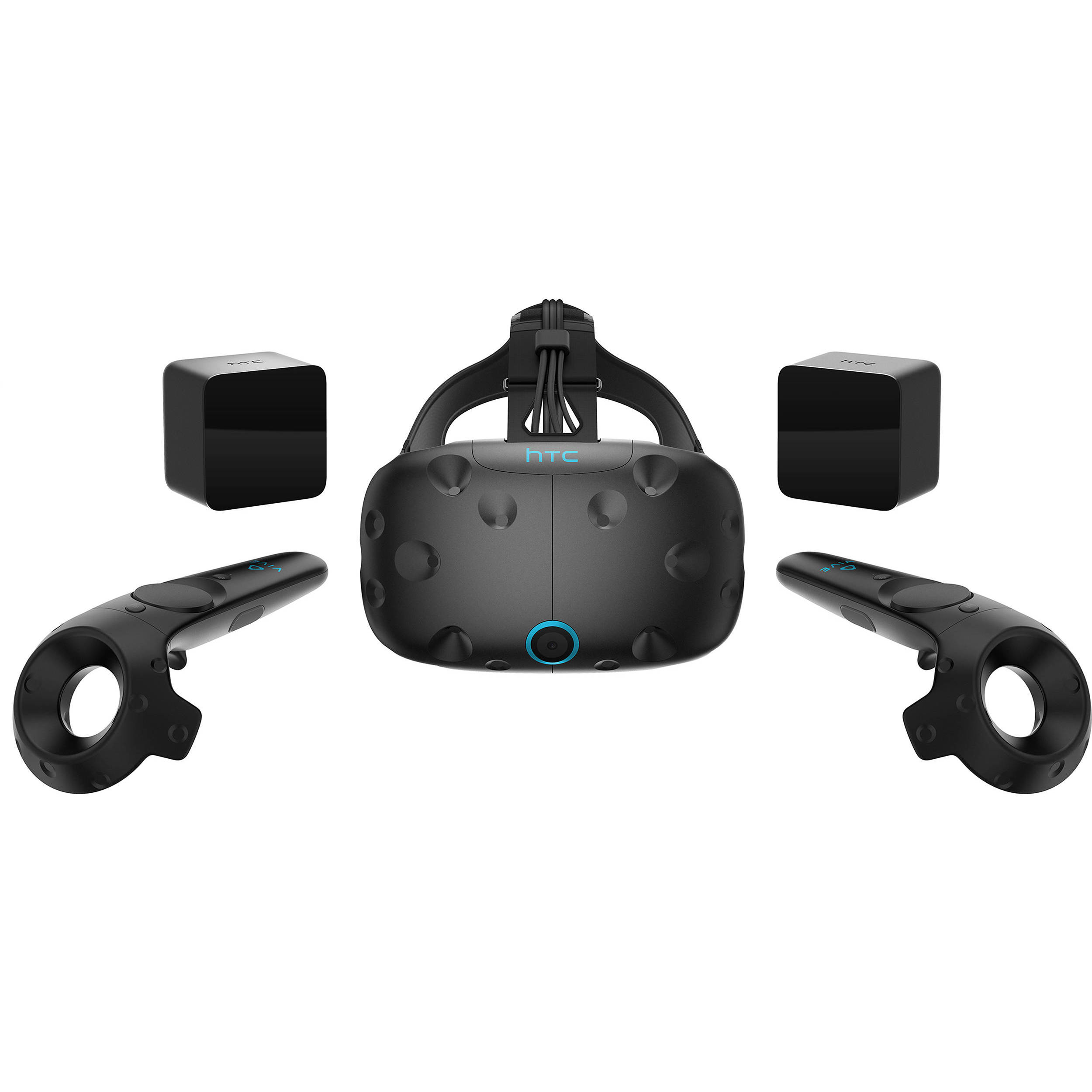The main goal of this project is to research how much VR
technology can influence humans behaviour. To reach
this goal we two sets of research questions for the experiment of
the project, and each research question companioned with several
hypotheses. And the two sets of research questions and hypotheses
are under below:
Research Question 01: What kind of interaction
fidelity is necessary in an IVR so that behaviour
change will take place in users?
▸
Hypothesis H1: A virtual coral reef in which users can
interact (an increased amount) would lead to a better self-
confidence/hopefulness attitude.
▸
Hypothesis H2: Increased interaction possibilities lead to
less hopelessness.
▸
Hypothesis H3: H1, H2 are associated with positive intention
change behaviour in the real world.
▸
Hypothesis H4: Increased interaction possibilities can lead
to increased engagement.
▸
Hypothesis H5: H4 (within an IVR) is associated with a positive
intention to change behaviour.
▸
Hypothesis H6: Recorded observed Higher Emotional
engagement within the IVR leads to higher self-reported
behaviour change (or may conflict self-reporting vs
observed).
▸
Hypothesis H7: A created experience with emotional
interaction between users and the environment in VR will
constitute the intention of behaviour changing in reality.
Research Question RQ2: Do interactions in an IVR
elicit behaviour change more effectively when set in a
loss framing or in a gain framing?
▸
Hypothesis H8: A higher fidelity interaction will elicit a more
positive attitude towards the condition of the environment
depicted.
▸
Hypothesis H9: A more realistic, well-known gesture will elicit
more long-lasting behaviour change intentions.
▸
Hypothesis H10: A more realistic, well known in the context,
the gesture will elicit more long-lasting behaviour change
intentions, than fantasy movements with roughly the same
effort.
2x2 Factorial study with high and low interaction fidelity within a loss and gain framing in an IVR.
| Gain Framing Low Fidelity |
Gain Framing High Fidelity |
| Loss Framing Low Fidelity |
Loss Framing High Fidelity |







